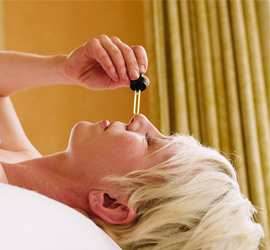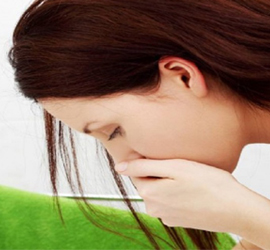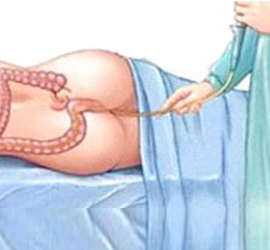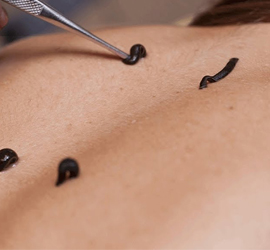panchakarma
Ayurvedic treatment is based upon various factors causing disease. According to which it is divided mostly into two categories shodhana(a part of treatment used to clean body having large quantum of doshas/toxins) and shamana(part of treatment used to clean body having little quantum). Panchakarma therapy is one of the types of shodhana / Sharirshuddhi (detoxification process of the body) therapies in ayurveda. It includes five types of procedures, vamana, virechana, basti, nasya and raktamokshana, so called panchakarma.
Panchakarma means the five ‘kriyas’, which is to purify and eliminate the impurities from the body.
Panchakarma
This are the Panchakarama Treatments. Panchakarma is purification therapy.
Snehana
Making utilize of ghee or oil internally as well as externally for smoothing and soothing effect to body. It includes Shirodhara, pizzichil, katibasti, janubasti etc. for the process of vamana and virechanaSnehana is required.
Swedana
It is a pre-procedure for main panchakarma process and done mandatory before. It gives temporary as well as long lasting relief from pain.
Vamana
It is a procedure in which the vitiated doshas are spelled-out forcefully through mouth in the form of vomiting. Vamana process is intended for diseases based on kaphadosha or kaphapittadosha. The process is generally planned to cover diseases from upper part of the body, like bronchial asthma, recurrent sinusitis etc.
Virechana
It is a purgation procedure in which the vitiated pitta or pittakaphadoshas are terrified from the body. The procedure is designed generally in the diseases like piles, skin ailments, semen disorders etc.
Basti
It is the chief procedure done for Vata disorders. It is the process in which medicine in liquid form is administered in intestines via rectal route. It is the only procedure accepted and done easily at any age.
The specialty of this treatment is that it can be administered both in a healthy, as well as the diseased person. When a healthy person subjects himself to Panchakarma, it has a preventive, restorative and rejuvenative effect on the body.




